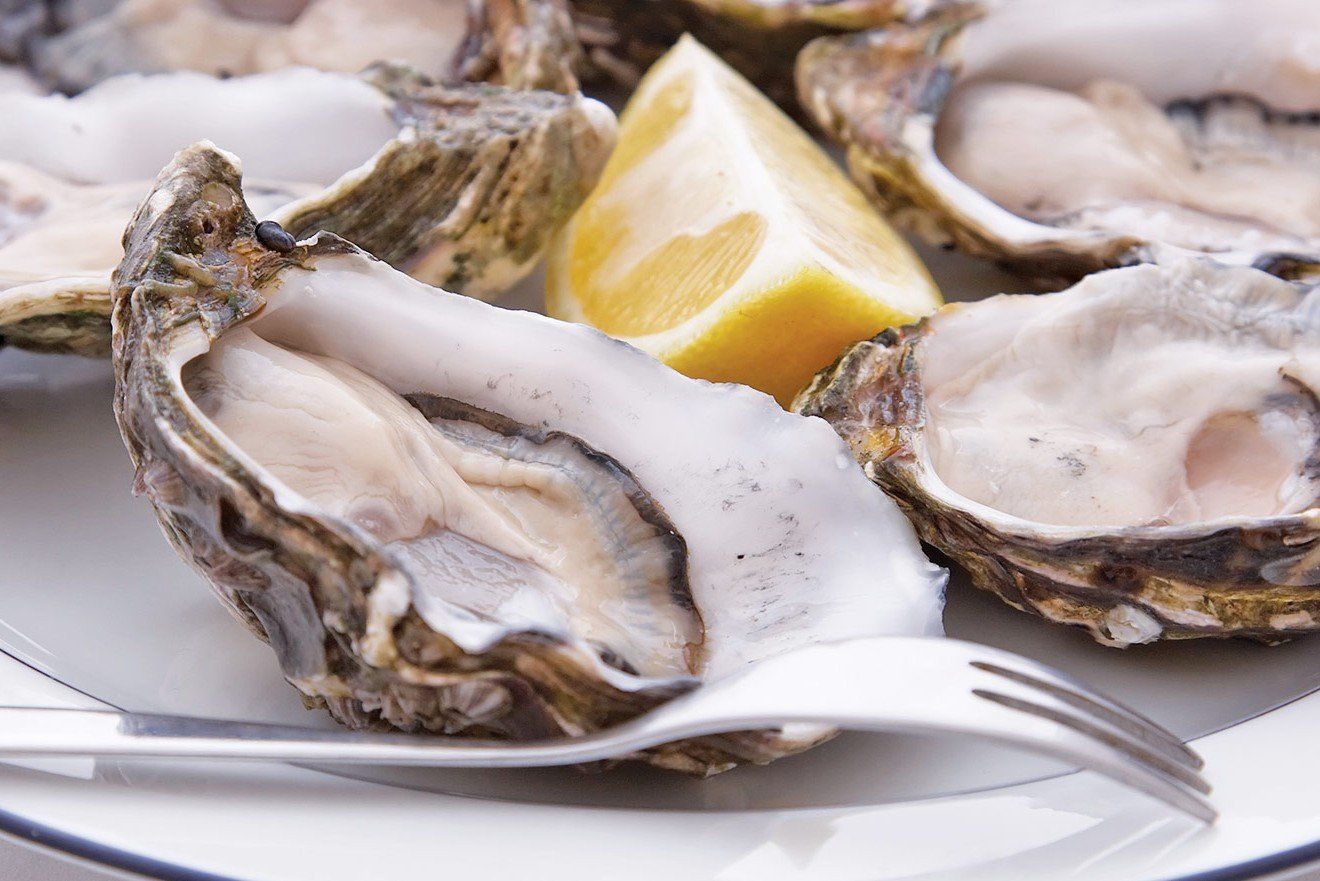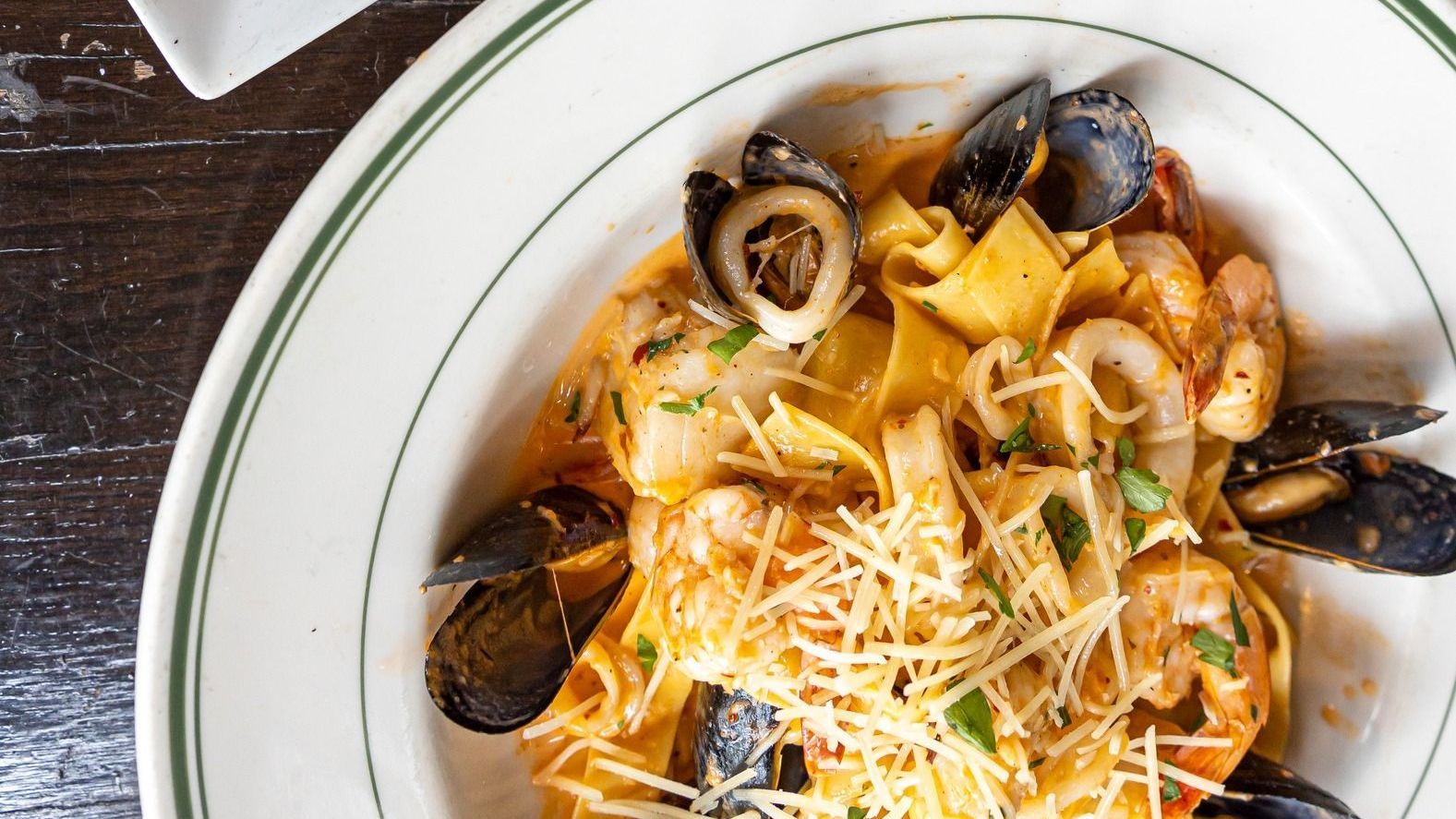Mysterious Delicacy A Guide To Understanding Oysters

It’s no secret that some people feel a bit of trepidation when it comes to eating oysters. I get it. They could be described as slimy, ugly, weird little things that slither down your throat. They could also be described as a delicacy that promises to delight your taste buds with subtle buttery, nutty, salty, or even minty flavors. Like fine wines, an oyster’s flavor is derived from the habitat where they grow. And if eaten correctly, they can really grow on you.
Environmental benefits
I think the best way to become a fan of the oyster is to understand it. Oysters are technically a saltwater clam, bivalve mollusk that is not only delicious and good for you, but also good for the ocean. Oysters are like nature’s Brita. They can filter 25 - 50 gallons of water a day and provide shelter for other marine life. In areas where water is highly filtered by oysters, sea-grass grows more abundantly and sea-grass is a breeding ground for certain crabs and fish.
Health benefits
But enough about what oysters do for the brackish water areas where they live. What can they do for you? Oysters are like a laundry list of beneficial minerals and vitamins as they pack very high levels of zinc, vitamin B-12, vitamin D, copper, magnesium, and selenium. They also contain high levels of niacin and riboflavin. As if that weren’t already enough nutrition packed into a tiny salt-watery package, oysters are also a good source of protein, anti-oxidants, and omega-3 fatty acids.
So many choices
There are more than 150 varieties of oysters but you aren’t likely to see most of those on menus or at raw bars here. At different times, though, you will have the opportunity to sample a wide array of specialty or boutique oysters.
All oysters belong to one of 5 species from around the globe. There are Pacific oysters that originate in Asia, The Kumamoto, which is very popular and mild, it comes from Japan, and the Atlantic that is found along the east coast from Canada down into the Gulf of Mexico. The European flat oyster has the strongest flavor and is more difficult to find due to over-harvesting, while the Olympia oyster is smaller and is the only one that is indigenous to the North American west coast.
Typically the west coast varieties are more plump and may have a nuttier flavor, while the east coast oysters tend to be brinier and less meaty. But each variety will have subtly differing flavors depending on what part of their respective area they come from.
Is Raw OK?
There is some debate as to whether eating raw oysters is okay. Some say you should always cook them before eating, but they probably advise that about sushi too. The best guideline is to make sure you are getting them from a good source and that they are fresh.
If you’re going to shuck and eat them at home, find a reputable seafood supplier and educate yourself on harvest times they are best shortly after harvesting. If you are in a restaurant, make sure it is one that serves oysters regularly (not just as a special that week) because they will know how best to handle them.
What about that old notion of not eating them in months that don’t have an May, June, July, and August? That may have mattered before refrigeration and when oysters were grown wild rather than farmed in colder water. It’s not an issue today. To learn more you can read here.
Ordering them
After living in New Orleans for several years I became very familiar with oysters and the ways in which they can be eaten, but ordering them can still be a challenge when presented with something other than the Gulf or Apalachicola varieties.
The best way to order raw oysters is by asking whether they are salty, buttery, small, large, mild, or strong. Most raw bars will be able to provide a good description of the overall taste.
Eating them
Once you get past the ordering, you won’t want to look like a total novice, so here are some tips on how to enjoy a raw oyster like a pro.
Even though you are provided with a tiny fork, it’s really only there so you can make sure the oyster has been completely separated from the shell. You’ll want to pick up the shell, place it near your mouth, then let the oyster slide in. I highly recommend eating them plain first so you really taste all of the subtle flavors. Once you’ve tried them au-natural, it’s okay to add a dash of cocktail sauce and horseradish on top before eating the rest.
Still feeling a bit squeamish? You can eat them baked or char-grilled!
Enjoying oysters
Want to try your hand at cooking oysters? Here’s a simple pan-fried recipe that would make a unique appetizer.
If you prefer to leave it to the professionals or want to sample the pure, raw delight of freshly shucked oysters, come visit us. The 1920 Tavern has ½ -off oysters on Wednesdays and offer James River raw, char-grilled, or the classic Oysters Rockefeller!
source:
https://www.organicfacts.net/health-benefits/animal-product/oysters.html




